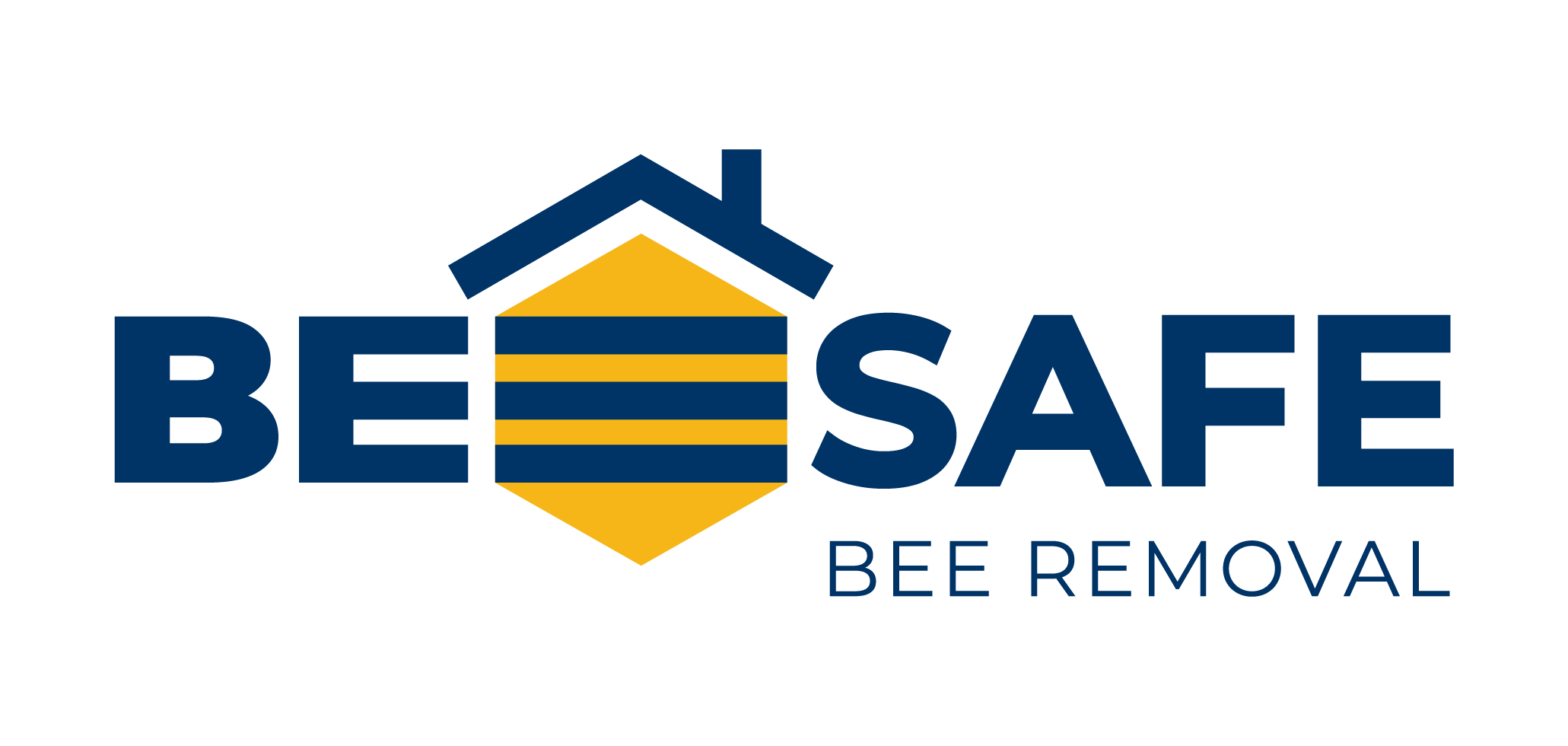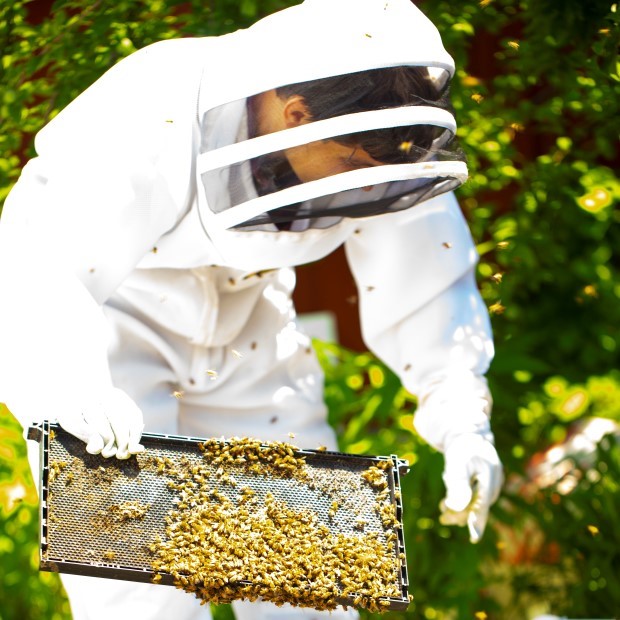Honey Doesn’t Get More Local Than This!
If you’re looking for a productive and fun new hobby this summer, then at-home beekeeping might be a great choice for you! Beekeeping at home is a time-honored tradition, especially here in the United States. Beekeeping in America has been around for about as long as we’ve had established settlements, with the first shipment of bees arriving from Europe in 1622. Many advancements in modern day beekeeping coming from America too; It is a deeply intertwined part of our culture! Backyard Beekeeping has a plethora of benefits as well. Not only will you have personal pollinators for your flowers and garden, but you will have honey and wax to give out (or even sell) to your friends, neighbors, and family.
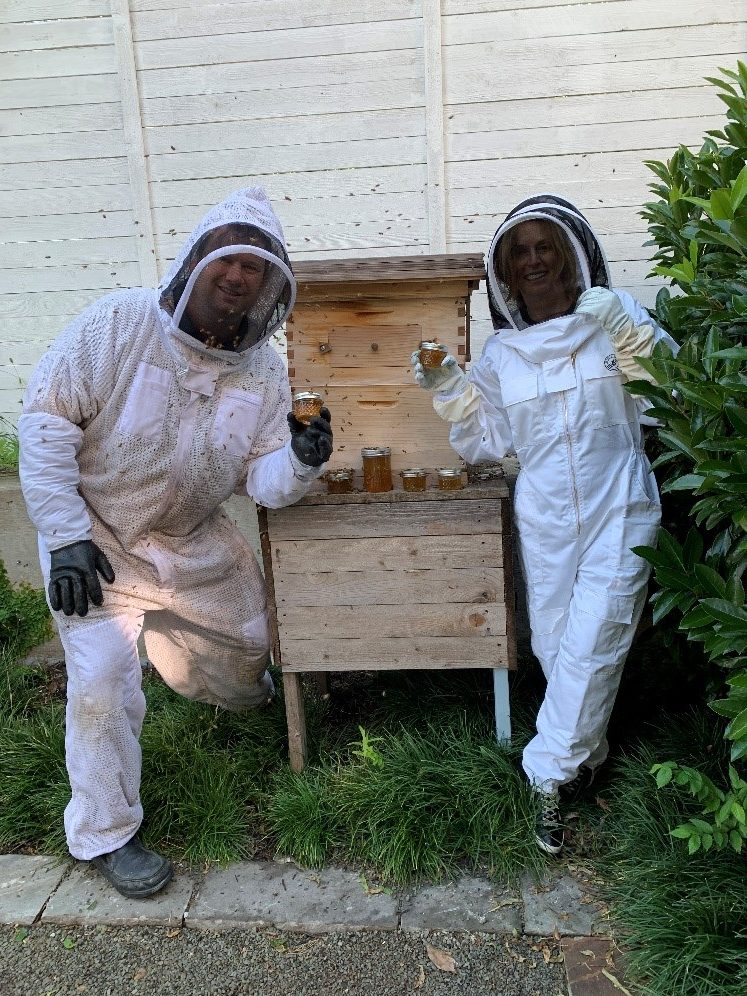
“But wait, don’t I need a license or something to keep bees!?”
Depending on your state and local regulations, probably not! While it may be surprising to those not in the know, backyard beekeeping is fairly common and largely unhindered by regulations for the vast majority of cities and towns in the US. Some states, like Texas, may even offer an agricultural tax exemption on your land depending on the size of your land and the amount of hives present.
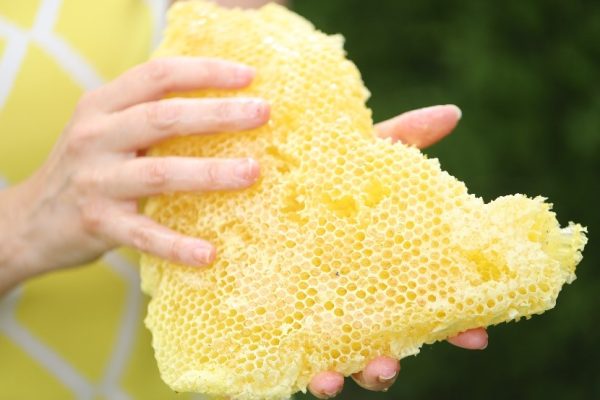
However, it is always important to make sure it is legal in your specific city and county. A great go-to resource for finding this information is your local beekeepers association, they will be intimately familiar with local laws and requirements for beekeepers. These associations are made up of professionals and hobbyists alike and can also offer you localized advice on getting started or solutions to problems you may come across.
You can find a list of statewide beekeeping associations from the American Beekeeping Federation, the national level beekeepers association. Networking with other beekeepers is a great way to keep up with the latest news and issues that beekeepers in your area are dealing with. Most people in the beekeeping world are incredibly helpful and friendly, so don’t be hesitant about asking questions! If you cannot get ahold of your local beekeeper association, you can simply look at the local ordinances of your municipality and state online or at your local library, it will usually be included under the “Animals” section of the code. Some cities may have you pay a small fee for a permit to keep multiple hives.
Before going off and searching for a hive and a suit on Amazon, you need to consider one of the most important aspects of beekeeping: Safety. If you have a dog that uses your backyard frequently, you might consider putting the hive in a place it cannot access. Bees can seriously hurt or even kill your furry family members, so keep that in mind as you plan out your apiary. If you have neighbors in close proximity or are planning on keeping a hive close to your property line, it’s a good idea to consult with your neighbors about your plans. Understandably, some neighbors might be uneased by bees being so close to their property. Reassure them that bee attacks rarely occur outside of the immediate area of the hive, and that you’re complying with all local and state ordinances. Some municipalities will limit how close you can have hives to your property lines without permission from adjacent property owners, so again it’s good to be familiar with the laws surrounding beekeeping in your city and state.
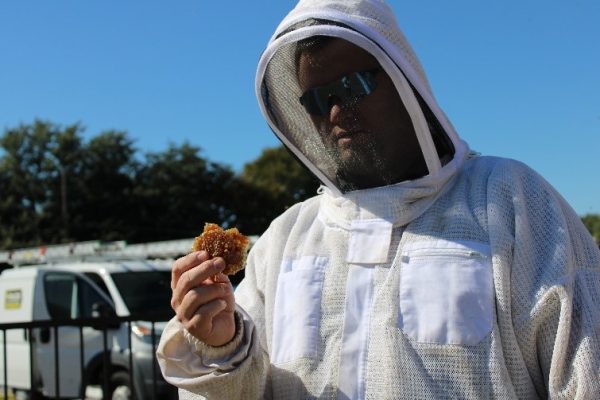 Now that you’ve figured out where you CAN put the hive, it’s time to decide where you WILL put it. Bees’ behavior is heavily influenced by temperature and the sun. Putting it in a spot where the morning sun will hit it and angling the entrance to the Southeast will get the bees out foraging earlier in the morning and in turn produce more honey. It’s important to keep temperature in mind too. If you live in a particularly warm climate that frequently reaches over 100 degrees Fahrenheit during the summer it may be a good idea to place it in a spot that gets sun in the morning and shade in the hotter parts of the afternoon. Bees keep their hives at a stable temperature of 95 degrees, and any excess heat will prevent them from foraging and making honey. Try to pick a spot that won’t have excess wind, as that also discourages foraging. If you live in a region with bears, it might be wise to install a bear fence. It’s not just a cartoonish trope that bears LOVE calorie rich honey, they actively seek it out.
Now that you’ve figured out where you CAN put the hive, it’s time to decide where you WILL put it. Bees’ behavior is heavily influenced by temperature and the sun. Putting it in a spot where the morning sun will hit it and angling the entrance to the Southeast will get the bees out foraging earlier in the morning and in turn produce more honey. It’s important to keep temperature in mind too. If you live in a particularly warm climate that frequently reaches over 100 degrees Fahrenheit during the summer it may be a good idea to place it in a spot that gets sun in the morning and shade in the hotter parts of the afternoon. Bees keep their hives at a stable temperature of 95 degrees, and any excess heat will prevent them from foraging and making honey. Try to pick a spot that won’t have excess wind, as that also discourages foraging. If you live in a region with bears, it might be wise to install a bear fence. It’s not just a cartoonish trope that bears LOVE calorie rich honey, they actively seek it out.
Once you’ve picked a good location for your hive it’s time to get supplies. Luckily there is a wide variety of bee equipment from budget to high-end price points to choose from.
What Equipment do I need?
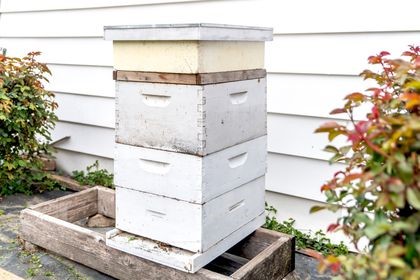 The Hive and Frames
The Hive and Frames
While historically there have been many varieties of hive, most beekeepers today use the Langstroth hive, or a variety thereof. The Langstroth Hive uses movable frames for the bees to build their comb on. The hive body on the bottom provides a place for the queen to lay eggs, divided with a queen separator from the “supers” on top, which are only for workers and honey.
If you’re handy with tools, you can find an unassembled Langstroth hive with frames for around $150 USD. However, if you have a little more money to spend, you might want to consider the Flow hive. The Flow hive is a recent development in beekeeping that makes honey harvesting easier than ever. It has a built in offset hive structure that allow you to break up the combs, letting it flow directly down into jars. It is quite a bit more expensive than a standard hive, but they offer starter kits including a beekeeping suit, a smoker, and more for $899.
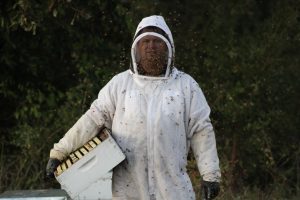
- The Beekeeping Suit
With a beekeeping suit you have several options; they come in full suit and jacket styles and are made with a variety of materials. While the classic suits were made out of heavy canvas, modern suits are made with multiple layers of breathable mesh, making for a much cooler experience if you’re in a warmer climate. These suits vary in price from $50 – $200.
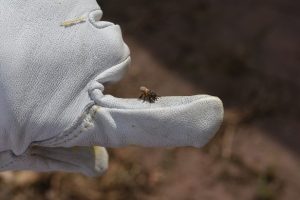
- The Gloves
Like Beekeeping suits, gloves come in a variety of materials, a cloth sleeve and the actual glove section that covers your hand. Harder rubber glove varieties offer better protection; however, leather gloves allow more dexterity and are easier to use.
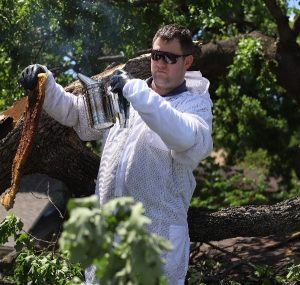
- The Smoker
With smokers there’s not a lot of variety in form, however there are big differences in quality and durability. If you opt for a cheap smoker and take care of it (i.e. not leaving it out in the elements) then you should be fine. These retail for around $20 – $50.
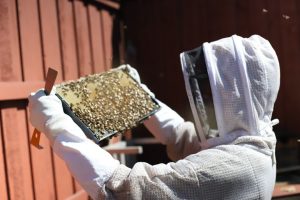
- The Hive Tool
The hive tool is what you’ll use to break up wax and propolis, as well as pull frames out of the hive. These are simple tools, usually made with stainless steel, and can be purchased for under $10.
- The Brush
The beekeeper’s brush is used to gently move bees off the framed hives while doing inspections and harvesting honey. Both natural fiber and nylon brushes are available and perform the function the same way. These brushes can be purchased for less than $10.
- The Extracting Tools
This is the part of beekeeping that can get pricey, especially if you want to do it right. However these are also tools that you have plenty of time to save up for while your bees are making the honey. The most expensive part of this setup will be the extractor. The extractor will usually hold 3 or 4 frames in a metal cylinder and spins the frames to extract the honey using centrifugal force. It will collect into the bottom of the extractor where you can drain the honey into jars with a valve. These will usually come with an uncapping tool, which either punctures or removes the caps of the combs, allowing the honey to be released. Extractors will run you between $75 and $300 depending on the material and quality.
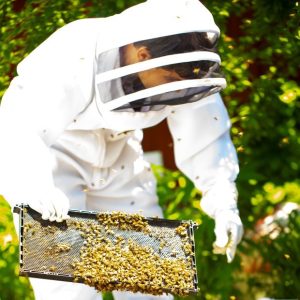
If you can’t afford an extractor, contact a local beekeeper or another hobbyist and ask how much it would cost to rent theirs. As mentioned before, people in the beekeeping world are often very helpful and friendly, some might let you use it for free provided you take care of and clean it. Another option is just using the whole comb honey cut up into squares, however this makes it hard to use and will end up getting wax in your tea or food. Full comb honey is often sold as a gourmet food item anyways!
While there are endless amounts of beekeeping tools and accessories, the above equipment list is all a hobbyist needs to produce jars and jars of delicious ultra-local honey. Now the only thing you need to get your hands on are the bees.
Believe it or not, purchasing bees online can be just as simple as buying a sweater. There are dozens of websites that can sell you a thriving colony of bees from a variety of different honey bee species. We recommend doing research on the specific kind of bees you want to raise, as the different species have unique characteristics and advantages, especially depending on the climate you live in.
After you’ve got your bees and equipment, all there is to do is sit back and let them do their work. You’ll need to inspect your hive once every few weeks. Learn how to identify mites like Varroa, one of the worst hive mites that can make your honey unusable. You should also be able to recognize bacterial infections like Foulbrood. Keeping the hive healthy lets the bees produce honey more efficiency, but don’t over-do it. Frequent inspections can stress the bees out; once every 7-14 days will be just fine.
